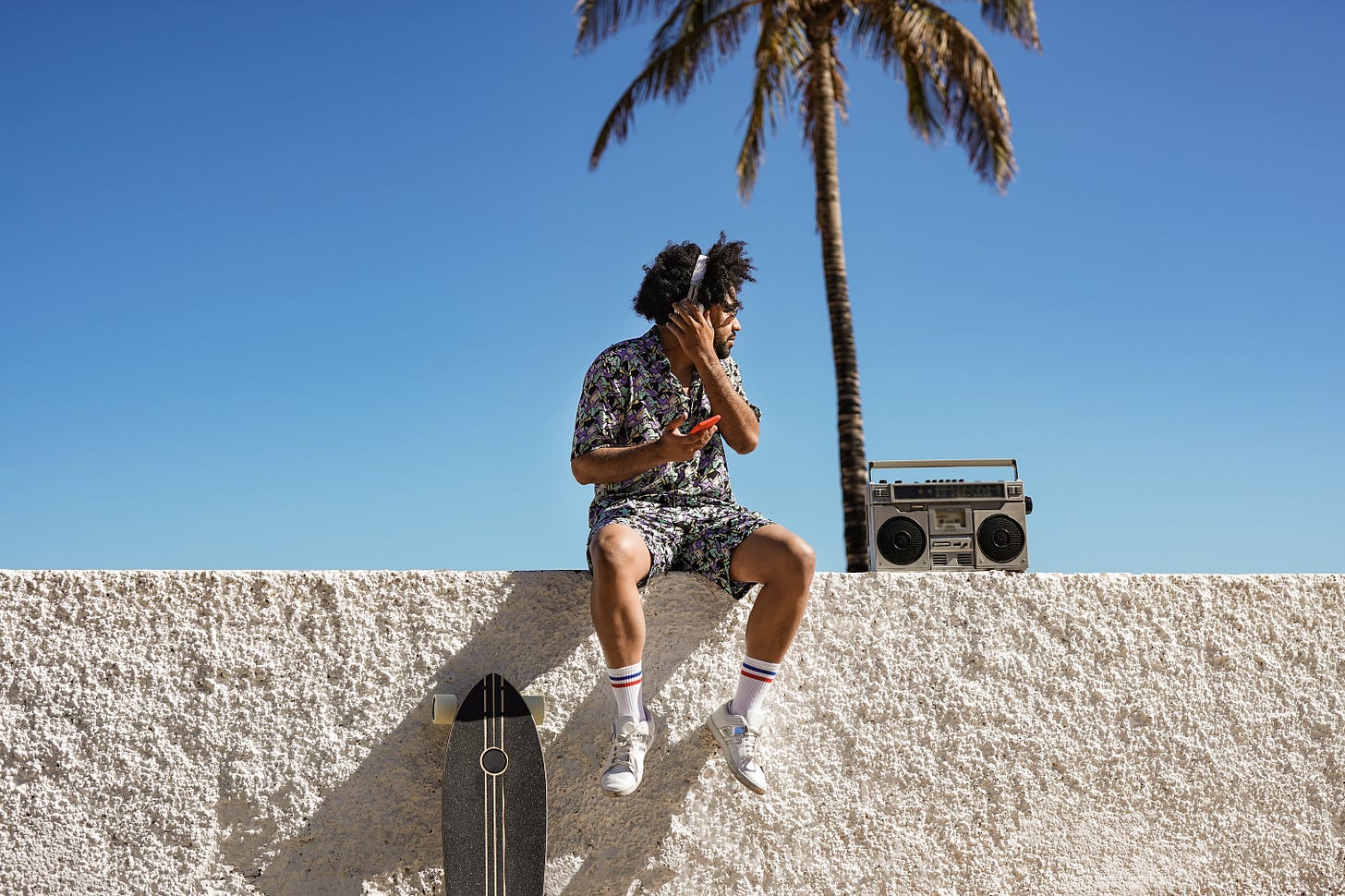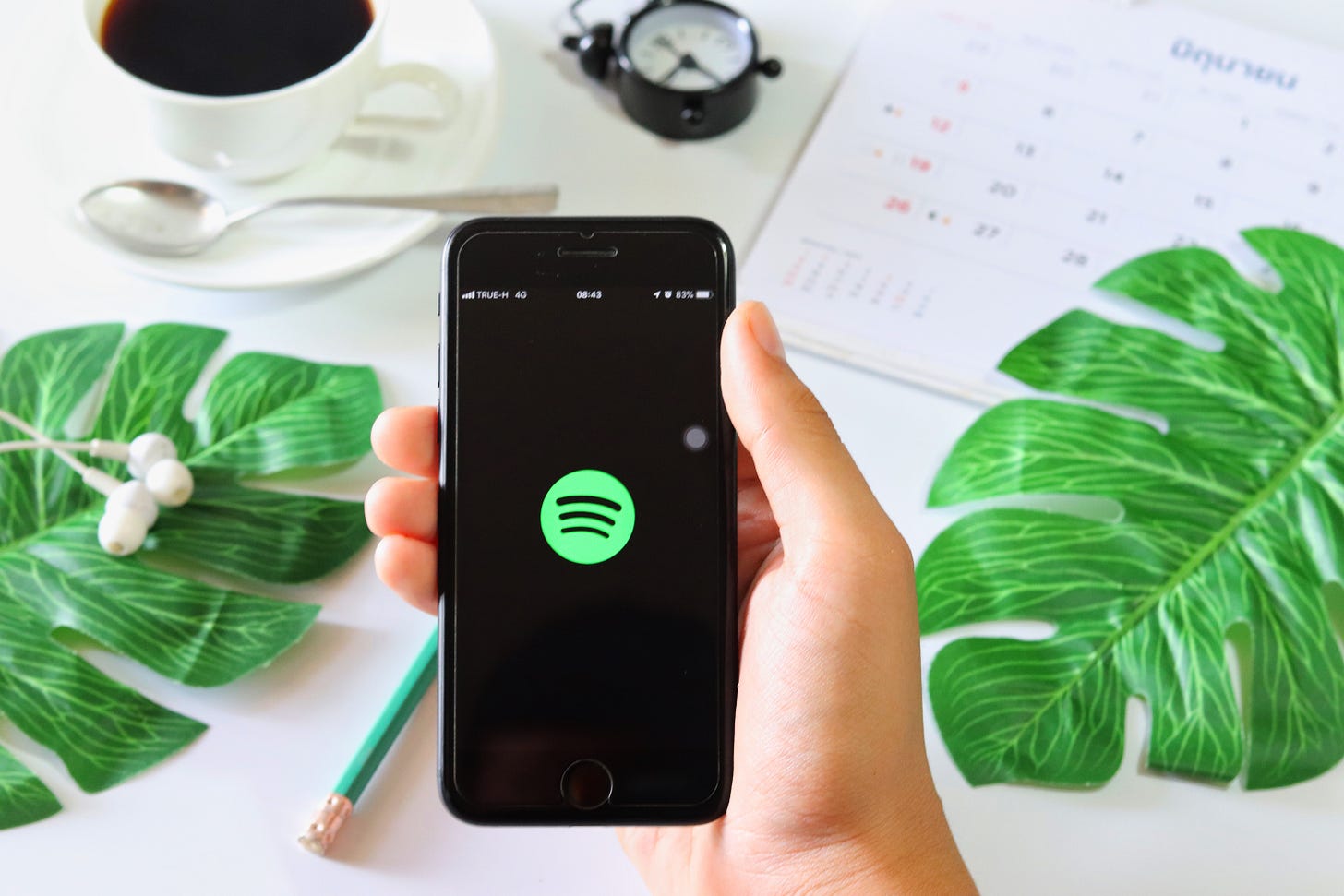The Magic Of Spotify’s Algorithmic Playlists: How You Can Grow Your Daily Streams Fast!
We tried to unveil the science behind Spotify's Radio algorithimic playlists, with a couple of examples to help you build your promo strategy
You write great music. You have a good pace of releasing new music. You are doing your promo pitch just in time to increase your shots of getting into Spotify’s editorial playlists. You’re submitting your music to independent playlisters.
Yet nothing happens. A few thousand streams, mainly connected with your promo efforts. No retention in monthly listeners, only a handful of followers and organic playlist adds.
And then, at some point, magic happens. One day you wake up with the same daily routine of checking out Spotify For Artists and you’re left speachless: your daily stream count has doubled over night 😬 Digging deeper into your stats, you noticed that the Radio playlist has picked up your song.
But what does this mean? After all, Spotify’s Radio playlist is an algorithmic one. Have the music robots from Spotify just discovered your music and threw a party last night with your music on heavy rotation? Most likely no. While nobody really knows exactly how Spotify’s algorithmic playlists work, we can at most take a wild guess by looking closer to the available stats.
If you haven’t subscribed to our newsletter yet, it’s time to do it. Music promo tips & tricks, detailed music marketing strategies as well as tools that would make your independent artists life way easier. Hit the subscribe button below 👇
The Radio playlists are generated automatically by Spotify, with the selection being based on your listening habits, favourite songs and artists. These listening habits are filtered down with the music taste of other users, similar to yours, and for a good reason. Just pick a song or an artist and go to Artist Radio or Song Radio. This feature will create a 50 songs playlist that would include tracks you’re listening currently and match the source song / artist. Moreover, you’ll find here a few fresh tracks, listened by other Spotify users with the same musical taste as yours. For many of us, this is actually the main reason for accessing the Radio feature: discover new music.
Now that we understand how and why Spotify listeners are using the Radio feature, let’s see how does your music eventually get into this algorithmic playlist, creating the snowball effect and ultimately generating streams for you
While listeners’ saves lists and a good streams per listener ratio do matter, apparently human made playlists are one of the most important factors when it comes to triggering algorithmic ones. Think of SEO, but with music: playlists are like backlinks. The more you get, the better the ranking for your music. And like Google’s ranking algorithm, some playlists matter more than others. After all, getting a backlink from NY Post is way more valuable than a small blog. It’s exactly the same thing with playlists and music. The most authorative playlists in Spotify are the editorial ones. Getting there will hugely increase your chances to get into Radio playlists. And we can give you some relevant examples:
A pop female singer, with a well established fanbase in different countries around the Mediteranean Sea, Middle East and SE Asia, entered with one song in the Mosaic editorial playlist. In less than 2 weeks, a miracle happened: the song jumped from 8,000 daily streams to 18,000. The top position in the editorial playlist, along similar music, brought a wave of personal playlists adds and followers and, subsequently, pushed the song into more Radio playlists, so new listeners were discovering her music
On the other hand, sometimes there’s no need for an editorial pick to get you into Radio playlists. One electronic music producer, with a strong signature sound, jumped from 350 daily streams to over 1800 in just under one week, generated mainly by the algorithmic playlists. The trigger? Lots of playlist adds from his fans flagged the song to be pushed also into Radio playlists for other users. This also matched his sound with other similar artists, opening doors for new listeners to discover his music
.While editorial playlists matter, they shouldn’t be a goal for your promo strategy. Eventually, it’s the real listeners who can bring the snowball effect to your music and help the algorithms to push your music further. More listeners mean more Radio playlists, which link your music with more similar artists. But for this one, you need to understand your audience, their passions (aside your music) and a bit of demographics. Nightcore High, Soundfeed’s music project focused on nightcore edits, deployed a series of social media ads targeted to anime fans based in India.
The results: in just a couple of months Black Sea (Nightcore High Edit) doubled its daily listeners count, with the growth coming mainly from Indian listeners and their automatically generated Radio playlists.
Algorithmic playlists are the definitely one of the most important sources of streams in the Spotify environment. These playlists come hand in hand with the real listeners you aquire: one leads to another, then leads back to the original growth factor. An efficient playlist pitching campaign may lead to people to discover your music and add it to their personal playlists. Algorithms will pick up your music to spread it to other listeners. And the rest is history.









